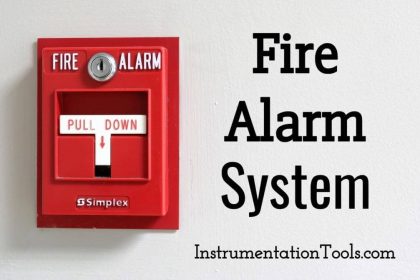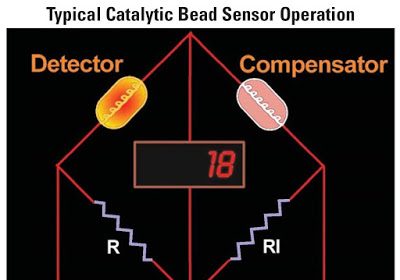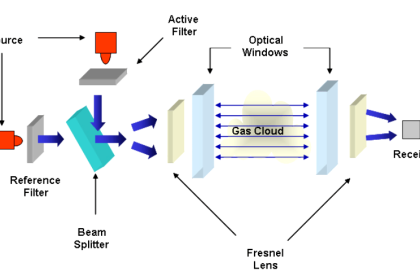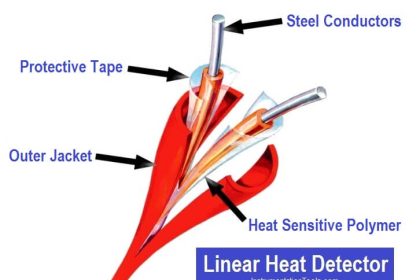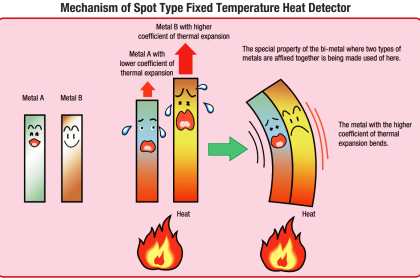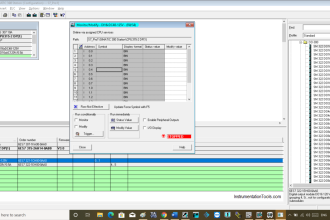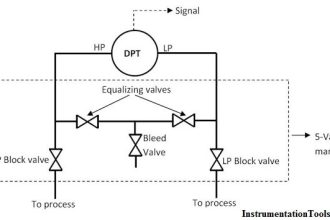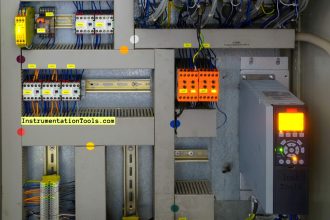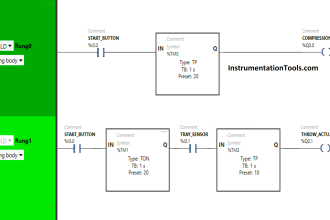The Fire Alarm Control Panel (FACP) monitors and controls all functions of the fire alarm system. It receives input from initiation devices like a manual pull station or smoke detector, and controls output for notification devices like a horn or strobe, which notify facility staff and other people in the building that the fire alarm system has detected a fire, smoky condition or system problem.
FACP also allows staff to reset the fire alarm system and control other functions manually as needed. The FACP displays the status of the fire alarm system using visible and audible indicators.
A visible indicator can be a light, text display or other similar method. An audible indicator can be a bell, horn or other similar method. The sound it makes must be distinctive from any other audible indicators in the area that are not part of the fire alarm system.
FACP: Fire Alarm Control Panel
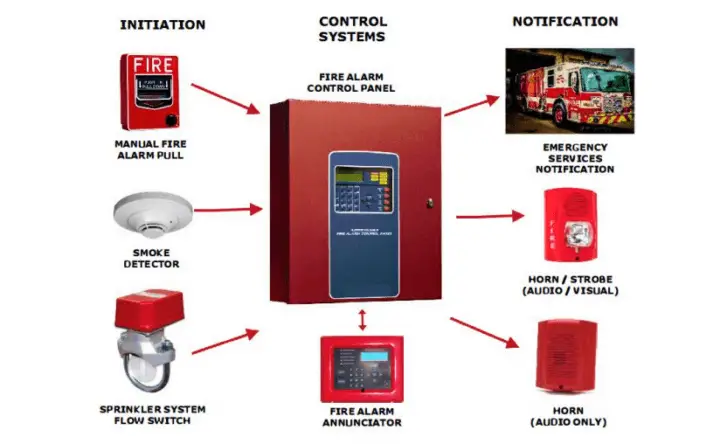
FACP Cabinet
The FACP is commonly called the main fire alarm panel and is contained in a cabinet. The cabinet allows you to see the status of the fire alarm system without having to unlock or open the cabinet door. Depending on the type of cabinet, you might have to unlock or open the cabinet door to access the FACP control functions.
The cabinet is metal or another durable material and is often red in color, although it can be any color. The cabinet often contains the batteries used for emergency back-up in the event of normal power loss.

What is a Fire Alarm Annunciator?
A fire alarm annunciator is the component of the fire alarm system that displays the status of the fire alarm system using visible and audible indicators. A fire alarm annunciator is commonly called a remote annunciator and is located in an area of the building separate from the FACP.
The remote annunciator notifies the facility staff and other people in the building that the fire alarm has detected a fire, smoky condition or system problem. The remote annunciator might also include controls that allow facility staff to reset the fire alarm system and control other functions manually as needed.
The remote annunciator might indicate the fire alarm system status for the entire building served by the fire alarm system or only for a specific portion of the building (units served).
As an example, the remote annunciator on each floor might only indicate the fire alarm status for that floor and not for the entire building (e.g., smoke detector activation on the second floor would only annunciate on the second floor). The fire alarm system, including the remote annunciator, must meet the annunciation requirements specified by NFPA 72, 1-5.7.3.
Even though the remote annunciator performs some of the same functions as the FACP, it is not considered the FACP. The fire alarm annunciation and FACP functions are distinct functions.
Reference: Texas health and human services
